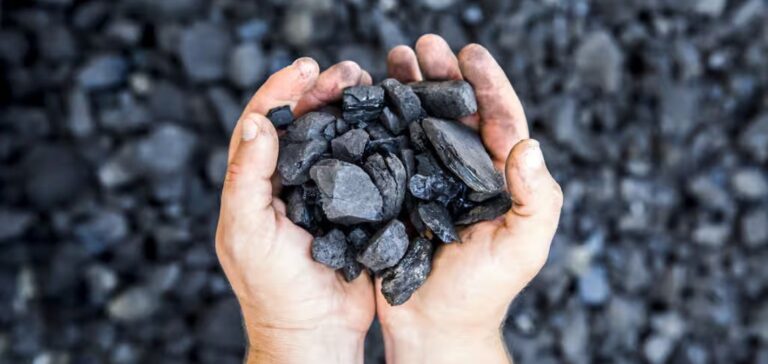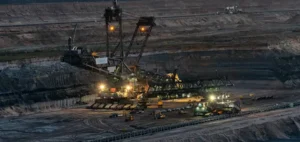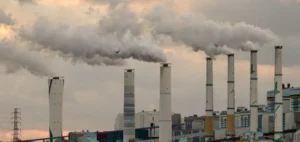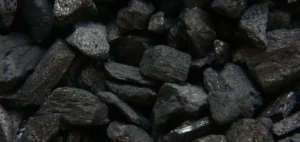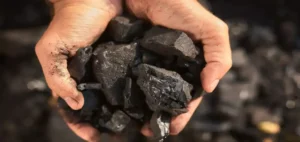Today, coal is the world’s leading source of electricity, with a 39% market share. Although on the rise, this consumption is still a long way from having dented reserves estimated at 133 years of consumption. Yet in recent years, coal has been steadily losing ground to renewable energies and natural gas. The latter still emits far too much CO2 for it to be an effective component of the energy transition. The challenge for the coal industry will therefore be to move rapidly towards new “clean coal” models.
Coal in decline in the West, but still essential in Asia
Historically the dominant source of electricity, coal’s share of consumption has been steadily declining in recent years. However, this decline is not the same in Europe, the United States or Asia.
A decline largely underway in Western countries
In Europe, coal production has collapsed over the past 20 years. According to the International Energy Agency (IEA), this has been divided by three. This structural decline can be explained by the massive reduction in gas prices and the increase in carbon pricing.
Coal is set to disappear from Europe’s energy mix in the future. At least, that’s the aim of the Green New Deal announced by the Von der Leyen Commission. Germany, which has the largest reserves on the continent, has already announced that it will cease production by 2038. In Europe, only Poland is still reluctant to abandon coal for fear of dependence on Russian gas.
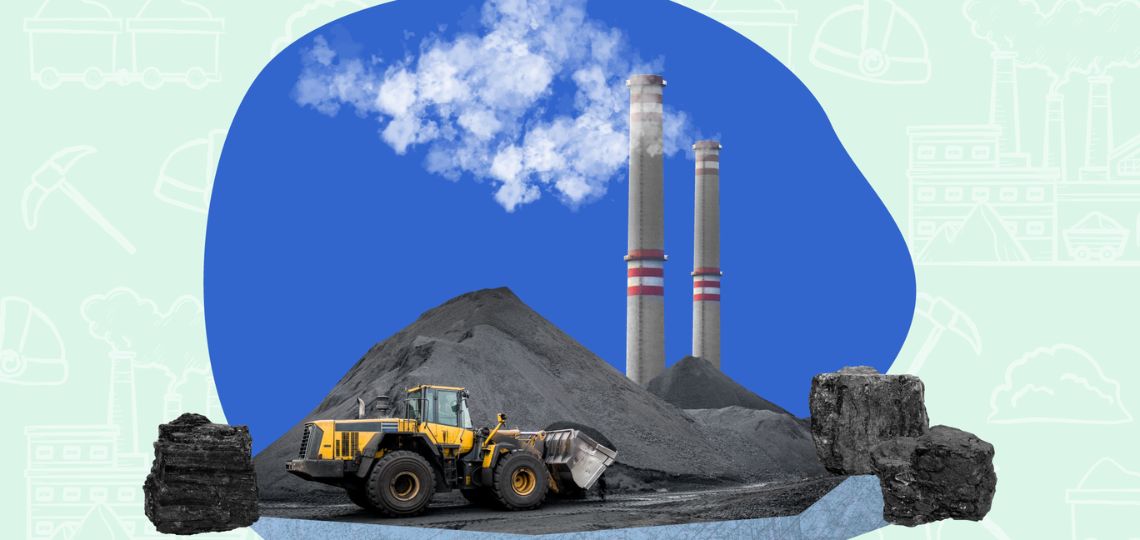
This decline in coal is also visible in the United States, despite the promises made by the Trump administration. Thus, in 2019, national production reached its lowest historical level since 1978. Despite holding the world’s largest reserves, the US coal industry is facing competition from shale gas.
The resilience of coal in Asia
Unlike Europe and the United States, Asia – and China in particular – continues to consume massive amounts of coal. In fact, the Middle Kingdom accounts for almost 50% of global consumption. For China, this is a cheap resource that is amply available domestically. What’s more, China’s coal industry benefits from a young fleet capable of producing until 2050.
Even air pollution problems don’t really call into question the role of coal. Admittedly, the latter now accounts for 58% of primary consumption, compared with 64% in 2015. But the Chinese government is actually focusing on improving the energy efficiency of the coal fleet rather than eliminating it. The logic here is that of diversifying the energy mix, in which coal will remain a major player.
This scenario is virtually identical in India, where this energy source accounts for 2/3 of electricity consumption. Coal is essential to this country, which is structurally dependent on the outside world for the purchase of its energy products. However, New Delhi is having a hard time attracting investors in this sector.
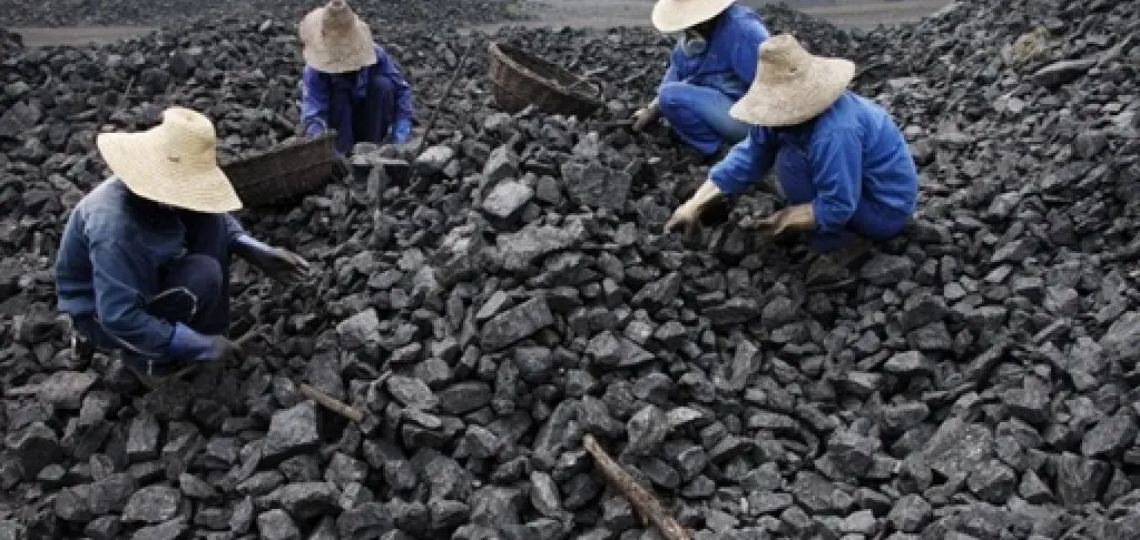
Insufficient transition to clean, low-carbon coal
Although the coal industry has maintained strong positions in Asia, it cannot afford not to make the transition to clean coal. On the one hand, this transition will be an essential condition for compliance with the Paris Agreement. On the other hand, Xi Jinping’s announcement that China will be carbon neutral by 2060 is a natural incentive to decarbonize the sector. Three avenues are envisaged to achieve this objective.
The road to energy efficiency
The first avenue envisaged concerns technologies that reduce the carbon footprint of coal production. Known as supercritical or ultra-supercritical, these techniques improve the thermal efficiency of coal-fired power plants. This means an estimated 25% reduction in CO2 emissions compared with a conventional power plant. This new type of power plant is mainly to be found in China, and is widely supported by the public authorities.
Nevertheless, these power plants continue to emit massive amounts of CO2 into the atmosphere. According to the IEA, the most efficient ultra-supercriticals emit 750 grams of CO2 per kilowatt-hour. This is almost 50% more than a gas-fired power plant. Under these conditions, it’s hard to imagine that this type of plant will encourage the decarbonization of coal in the future.
The underground mining route
One of the hypotheses for “clean coal” is based on underground mining. This involves completely closing off the site via an enclosed building, preventing CO2 from escaping into the atmosphere. This technique will be tested for the first time in the UK at the Woodhouse Colliery power station. Scheduled for completion by the end of 2021, the plant will serve as a model for the development of low-carbon coal.
However, there are problems concerning the real effectiveness of the system. On the one hand, the question of how to process the captured CO2 remains unclear. On the other hand, the coal produced will feed heavy industry, thus increasing the country’s emissions.
The CCUS technology path
CO2 capture and storage (CCUS) is the third way to produce clean coal. The aim is to be able to sequester CO2 before it reaches the atmosphere, and then store it. The coal-fired power plant will thus be able to capture all the CO2 produced by its activity.
Unfortunately, this technique is too costly to be competitive. The issue of CO2 transport and storage also poses a problem of social acceptability. In fact, only 24 CCUS units are currently operational worldwide.
The coal industry is therefore a long way from decarbonization. Yet this will be essential for the industry if it is to participate fully in the energy transition.


